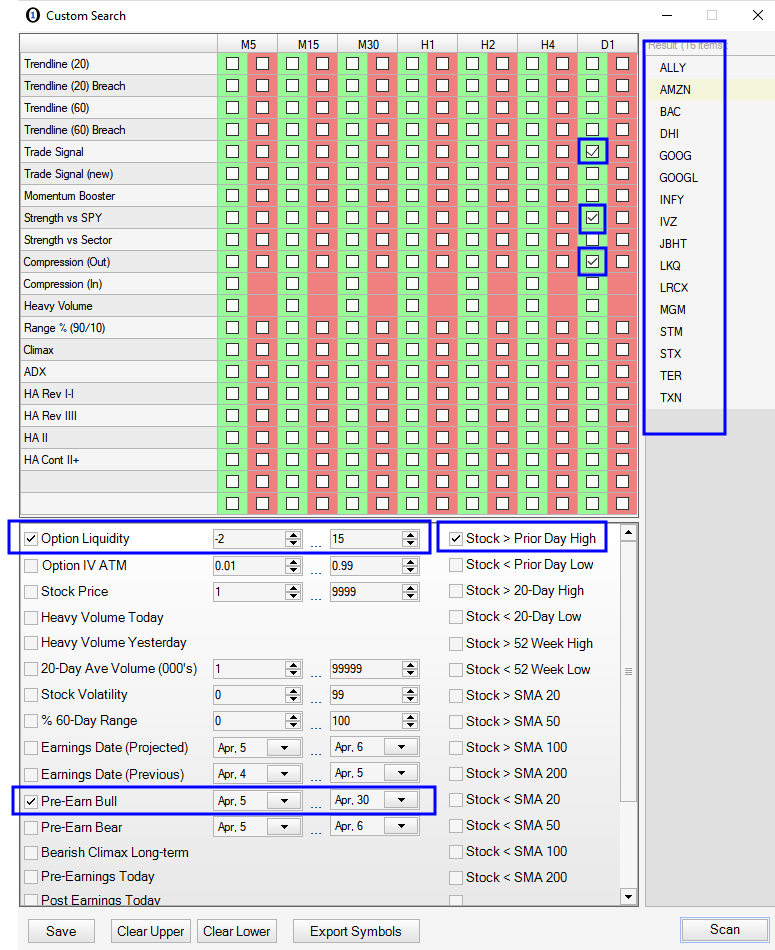Over the next two months, I will revisit a series of articles that describe my systematic approach to option trading. This week I’ll start with an introduction to my methods. There are many option trading approaches. No matter which one you adopt, you have to have confidence in it. It is in that light that I will start this series of articles. My approach fits my trading personality and after 17 years, I have formed very strong opinions about what works and what doesn’t.
In this first article I just want to outline some of my option trading philosophies.
Be flexible – There is not a silver bullet strategy that will always work. The tactic is a function of my market bias, my stock opinion and the overall trading environment. I need to monitor changing conditions and adapt. For instance, right now the option implied volatilities are near historic lows. This is not a time to be selling premium. I should be looking for buying opportunities.
Be directional – Form an opinion on the stock and be confident enough to tell the world. Big returns come from being on the right side of a move, not from hedging all of your risk away. Solid research is the key. This mentality comes from my desire to make good money, not scrape by. Neutral trades are very hedged and months of consistent performance can be taken away by one bad trade.
Start with the market – All analysis must start with the market. Seventy-five percent of all stocks follow the market and if I’m on the wrong side I will lose money three out of four times. Watch for seasonal patterns, end-of-month/beginning-of-month strength, holiday trading, and expiration tendencies. For instance, we are heading into the end-of-month cycle and there is a chance for market strength. After that, September is typically one of the worst performing months of the year. Given my comments so far, you might conclude that I will use any rally to buying cheap put premiums towards the end of the week.
Keep it simple – Complex positions mean I’m hedging my risk away and I’m uncertain about the outcome. The commissions and bid/ask slippage will reduce my profits. It will also be difficult for me to take profits since there are multiple legs to the trade. Ever had a trade where you were right but you didn’t make money because it was a spread? You hung on to the trade and the profits vaporized. The “keep it simple” philosophy helps me reduce that frustration.
Commit to the position – When I trade options, I’m paying a premium to increase leverage and reduce risk. That premium comes in the form of time premium, bid/ask slippage and commissions. When I enter an option trade, I have a higher level of commitment. The stops are wider and I know I can’t jump in and out. Normally, once I’m out on an option trade it’s done and I won’t consider getting back in.
Form a strong opinion of the stock This is perhaps my most important rule. If I can’t form a concrete opinion, I’d better keep looking. My opinion is critical since it will determine the option strategy. I will write extensively on this topic in the coming weeks.
Try to stay balanced – Balance in terms of market bias means I’m carrying bullish and bearish option positions on stocks with relative strength and weakness. In doing so, I reduce market risk. Balance can also mean a balance of long and short option premium strategies if the implied volatility environment is not at an extreme. For example, I may be long calls and puts and I may have put credit spreads and call credit spreads all on different stocks.
These are some of my general option trading philosophies. In the next post, I will discuss what I look for when I’m forming my market opinion and how my conclusions influence my approach.









